Introduction-
A network is an interconnector of computers, workstation and peripherals. It facilities the transfer of information and sharing of resources between a number of users.. The resources include peripheral devices such as printers, scanners.
Computer Networking Associates/Computer Network Types-
There are four types of network.
LAN-
LAN stands for Local Area Network. A LAN is a computer network that spans over a small area. It connects computers and workstations to share data and resources, such as printer and fax. LAN’s restricted to a small area such as home, office, college.
LANs typically use Ethernet cables or Wi-Fi to connect computers, printers, servers, and other devices to each other, and can provide shared access to resources such as files, applications, and Internet connectivity.
LANs are often used to facilitate communication and collaboration between devices and users in a small area, and can be set up and managed by individuals or organizations with varying levels of technical expertise.
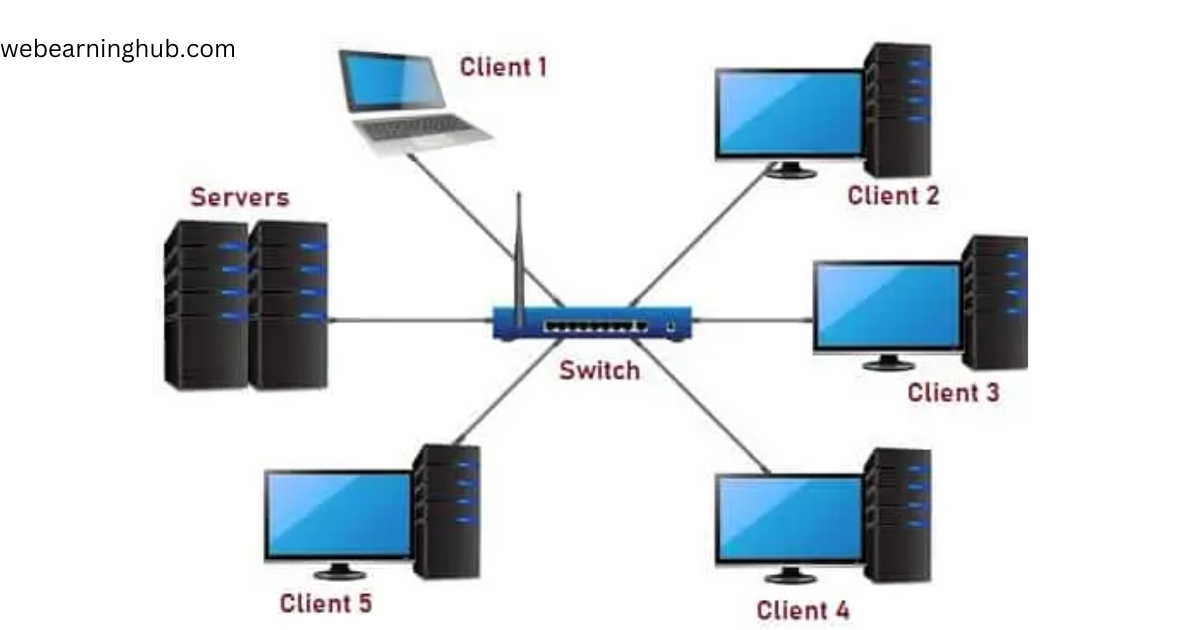
LAN’s are classified on the basis on which data is transferred within the network-
- Ethernet LAN-Ethernet LAN is a type of Local Area Network (LAN) that uses Ethernet technology for connecting devices, such as computers, printers, and servers, within a limited geographic area, such as a home or office building. Ethernet LANs use a protocol called Ethernet to transmit data packets between devices. Ethernet LANs typically use twisted-pair copper cables or fiber optic cables to connect devices, and they may also use wireless connections such as Wi-Fi. Ethernet LANs can provide high-speed data transfer rates and are commonly used in small and medium-sized businesses, homes, and other settings to facilitate communication and collaboration between devices. They may also be used in larger networks as a backbone for connecting multiple LANs together, creating a larger network.
- Token Ring LAN-Token Ring LAN is a type of Local Area Network that uses a token-passing protocol to transmit data between devices. In a Token Ring LAN, each device is connected in a ring topology, forming a closed loop. In this type of LAN, a token is passed around the ring from one device to another. The device holding the token has the right to transmit data, and once the data transmission is complete, the token is passed to the next device in the ring. Token Ring LANs can provide a reliable and deterministic method of data transmission, as each device is given an equal opportunity to transmit data. However, Token Ring LANs have largely been replaced by Ethernet LANs, which are faster and less expensive to implement.
- Token Bus LAN-Token Bus LAN is a type of Local Area Network (LAN) that uses a token-passing protocol to manage access to the network. In a Token Bus LAN, devices are connected in a linear bus topology, where each device is connected to a common communication line called a bus. In this type of LAN, a token is passed along the bus from one device to another, and the device that has the token is allowed to transmit data onto the bus. The other devices on the network listen to the data transmissions and determine whether the data is intended for them. Once a device has transmitted its data, it releases the token back onto the bus, allowing another device to transmit data. Token Bus LANs were popular in the 1980s and early 1990s, but have since been largely replaced by other networking technologies such as Ethernet, which provide higher data transfer rates and greater scalability.
- FDDI LAN (Fiber Distribute Data Interface)-FDDI LAN stands for Fiber Distributed Data Interface Local Area Network. It is a high-speed networking technology that uses fiber optic cables to connect devices within a Local Area Network (LAN).FDDI LANs were designed to provide high-speed data transfer rates over longer distances than other LAN technologies such as Ethernet. FDDI LANs can provide data transfer rates of up to 100 Mbps over distances of up to several kilometers. In FDDI LANs, devices are connected in a dual ring topology, where data is transmitted in opposite directions on two separate rings. If one ring fails, the other ring can be used as a backup, ensuring that the network remains operational.FDDI LANs were popular in the 1990s but have since been largely replaced by other networking technologies such as Ethernet and Wi-Fi, which provide greater scalability and ease of use.
CAN-
CAN stands for Campus Area Network. A CAN is made up of two or more LANs within a limited area. It can cover many buildings in an area. The main feature of CAN is that all of the computers that are connected together have some relationship to each other. CAN is larger than LAN but smaller than WAN.
CANs are designed to provide high-speed connectivity between LANs over a larger area and may include technologies such as fiber optic cabling, wireless access points, and routing devices. CANs allow for centralized management of network resources, increased scalability, and improved data transfer rates.
CANs can also be used for other purposes such as providing internet access to large public spaces like parks and stadiums, connecting multiple buildings in a manufacturing facility, or linking several branches of a company together in different locations.
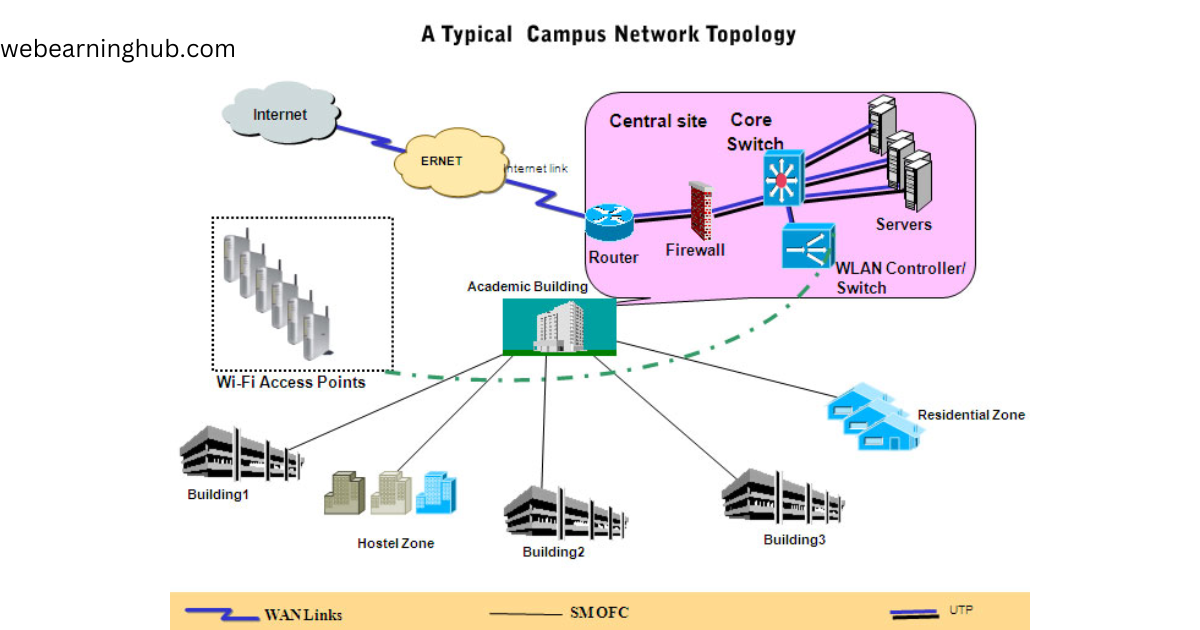
MAN-
MAN stands for Metropolitan Area Network. MAN is an interconnection of networks on a city. MAN acts as a high speed network to allow sharing resources within a city. It formed by connecting remote LAN through telephone or radio links.
The best example of MAN is the television cable network in cities. Metropolitan Area Network is a type of computer network that covers a larger geographic area than a Local Area Network but smaller than a Wide Area Network .
MANs can use various technologies such as fiber-optic cables, microwave links, or wireless connections, and can offer high-speed data transfer rates and centralized management of network resources. In addition to connecting LANs, MANs can also provide Internet connectivity and other network services to the connected devices and networks, enabling organizations to collaborate and share resources more efficiently over a wider area.
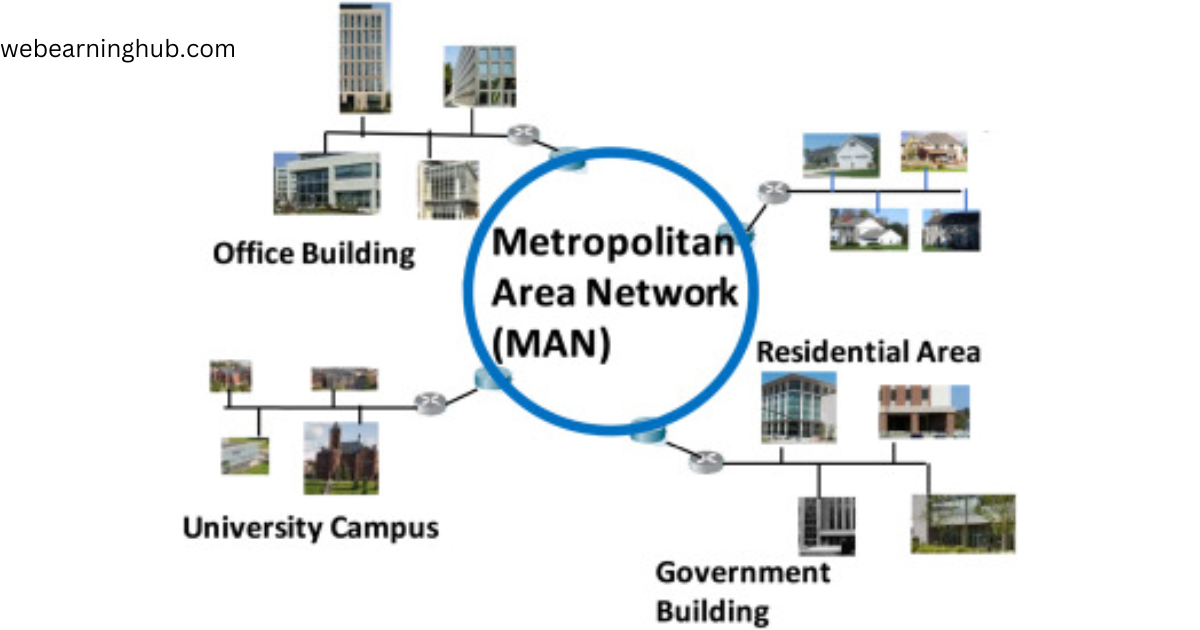
WAN-
WAN stands for Wide Area Network. WAN covers a wide geographical area, which includes multiple computers or LANs. It connects computer through public networks, like telephone system, micro wave, satellite link or leased lines. Most of the WAN use leased lines for internet access as they can provide high-speed data transfer rates and enable remote access to network resources, allowing users to work and collaborate from different locations.
WANs are commonly used by large organizations, such as multinational corporations, to connect their offices, data centers, and other facilities around the world. They may also be used by service providers to offer Internet connectivity and other network services to customers over a wide area.
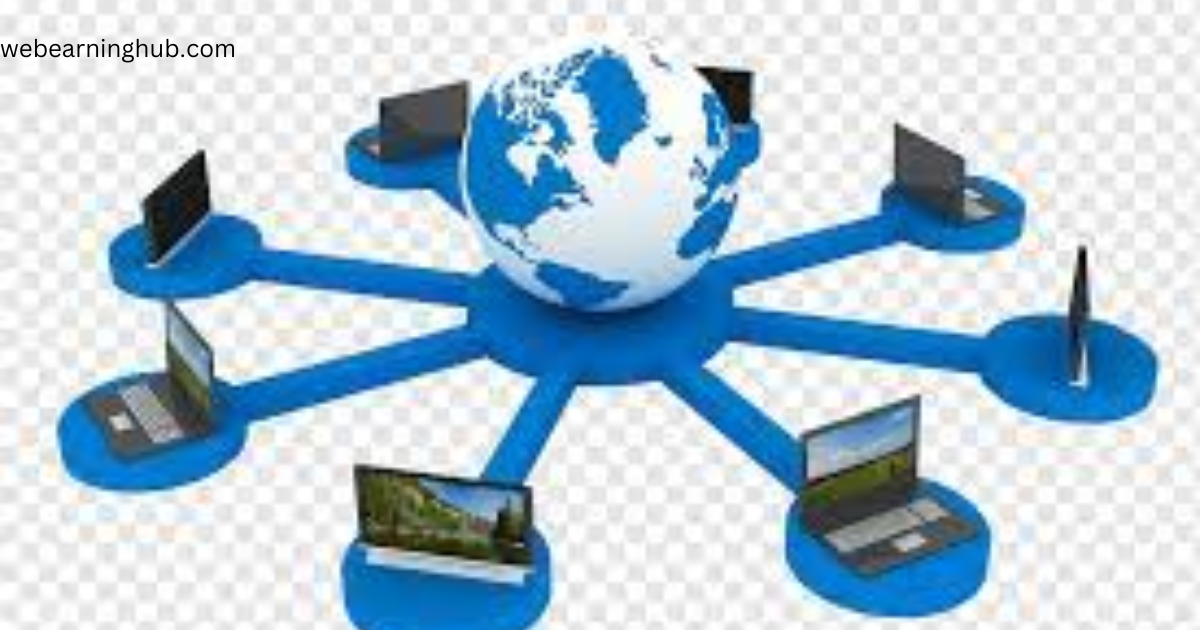
==============================*************==============================
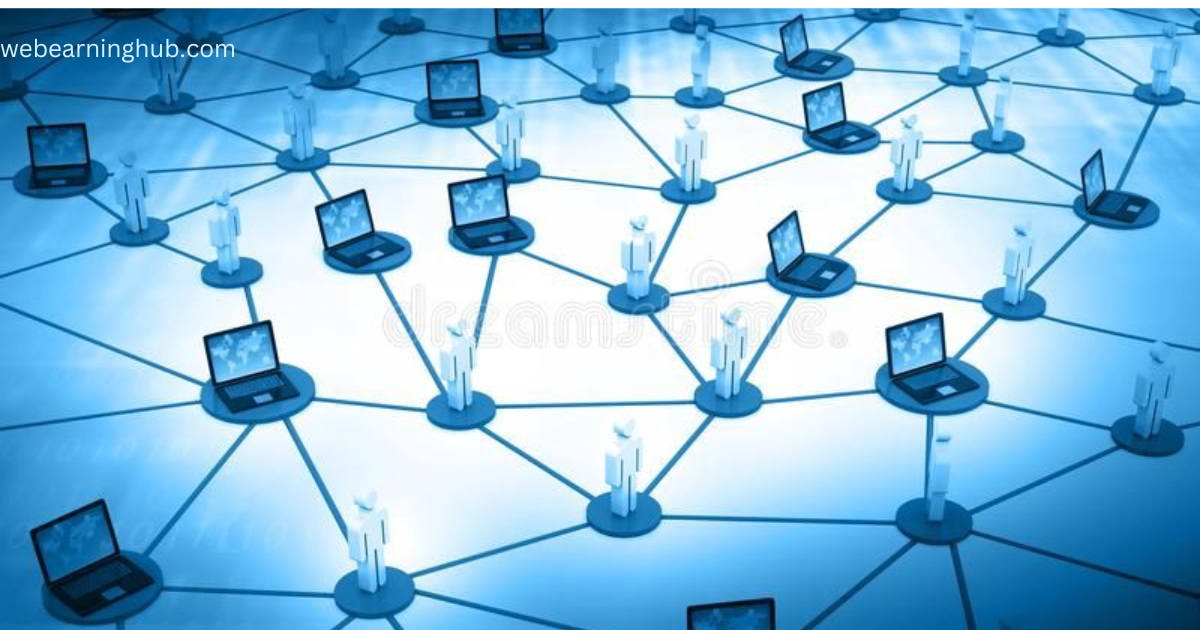

1 thought on “Computer Networking Associates”